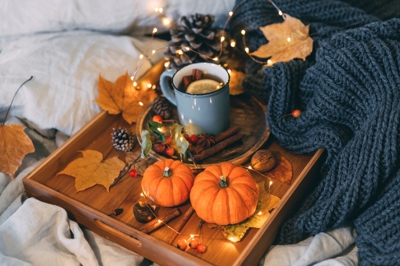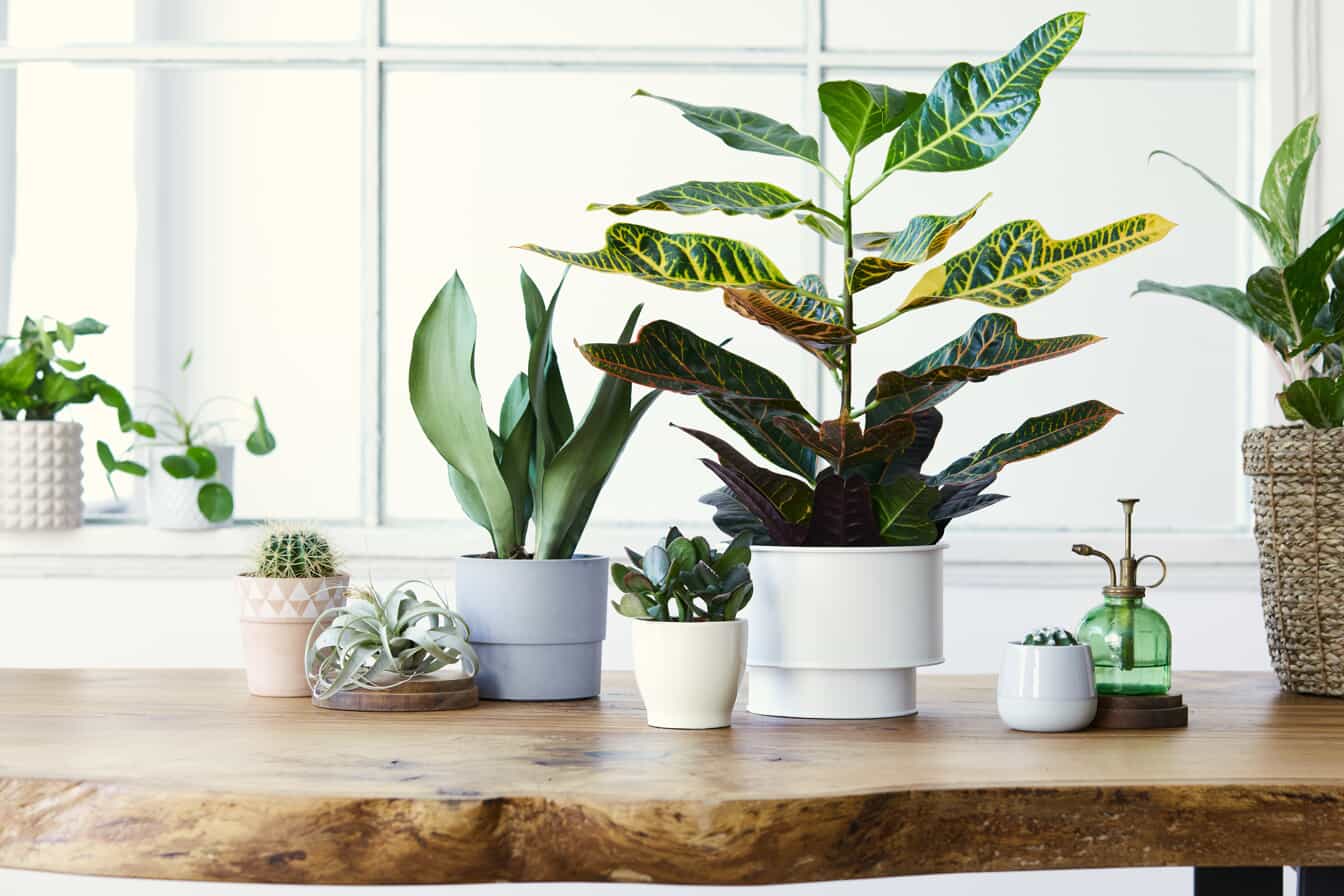The Dos & Don’ts of Getting Rid of Black Mold
Did you know you have mold in your home right now? That’s probably pretty shocking to know, but don’t be alarmed. Mold only poses a threat when it finds a moist place to land and spreads. This is why mold usually grows in basements, attics, bathrooms, and traditionally wet areas.
Black mold is one of the worst fungi that grow inside homes and cause severe health problems, physical reactions, and infections. A 2007 study found that over 4 million asthma cases have been attributed to dampness and mold exposure. Unfortunately, you may be in the presence of mold and not know it. Researchers have discovered that at least 45 million buildings in the U.S. have unhealthy mold levels.
The good news is you don’t have to wait for mold to spread. You can take control of your mold infestation, but you have to ensure you’re using the correct techniques and cleaning supplies, and following the dos and don’ts of mold remediation to bring mold levels back to normal.
The Don’ts
Don’t Use Harsh Chemicals
Let’s talk about how to clean mold and things you shouldn’t use to remove mold from your home. First things first. Bleach and mold do not mix on surfaces that absorb moisture. Spraying bleach on surfaces can actually contribute to the spread and growth of mold, especially on porous surfaces. You should never try to clean mold off walls. The catch is bleach does have its place when eliminating mold on impermeable surfaces like glass, metal, treated wood, and plastic.
A natural mold killer you can safely use inside includes white vinegar, eliminating up to 82% of mold species.
Don’t Overlook Safety
Just because there’s a small area of drywall or tile grout with mold doesn’t mean you don’t need personal protective equipment (PPE). An N95 or cloth mask, gloves, and eye-wear are necessary when cleaning mold to avoid prolonged mold exposure and illness.
Don’t Disturb Mold
Typically, black mold that grows on porous surfaces is slightly different from the mold that grows on food. Black mold produces mycotoxin, which is highly toxic to animals and humans, and it usually doesn’t have a cotton-like, fuzzy texture. The dark or black spots on surfaces are the pores that absorb more moisture and release spores into the air, negatively impacting air quality. Avoid poking mold or distributing it unnecessarily until you have the proper cleaning supplies and PPE.
Don’t Paint Over Mold
Household paint has a lot of benefits, but killing mold isn’t one of them. Covering up mold isn’t the way to go when considering DIY mold removal. Mold can’t be painted over in hopes it goes away. You have to get rid of black mold properly because it can start to grow again, even if you think you got all of it. Mold will always thrive in spaces where there’s moisture and humidity, so tackling those issues is your first defense in DIY mold removal.
Instead of using traditional paint as a natural mold cleaner, invest in mold-resistant paint to prevent mold growth. This product has antimicrobial properties that protect surfaces against mold spores settling and spreading.
The Dos
Create a Cleaning Schedule
One of the best defenses in mold prevention is getting your entire family on the same page. It can be frustrating being the only person in the house concerned about keeping a sanitary environment, especially in communal areas. Prevent mold growth by creating a cleaning schedule that involves every family member and specific rooms they’re in charge of. Ensure your schedule is straightforward, everyone has a particular duty, and responsibilities are completed at least once a week (depending on the cleaning task).
Block Off Affected Areas
Have you already discovered mold in your home? Close off this part of your home immediately to keep your loved ones from inhaling or ingesting mold spores. Preventing exposure is the key. If the space doesn’t have a door you can close, install a separator or curtain to keep people out until you can address the mold problem.
Invest in a Dehumidifier
Mold spores spread when they’re released into the air. Their mission is to find an adequate surface to set up shop. Sometimes, these spores can be directly inhaled into the lungs or land on food and be ingested. Because humidity contributes to mold, a dehumidifier can dry out the air, creating an undesirable environment for mold spores to spread. Humidity levels inside your home shouldn’t exceed 60%. In consistently humid climates, be aware of your home’s humidity, or you could experience moisture damage.
Call Professional Cleaners
DIY mold removal isn’t for the faint of heart or the unprepared. We know you’re always ready to roll up your sleeves and keep your home nice and tidy. However, remediating mold can be hazardous to your health and extremely time-consuming. When you don’t have time for such an important endeavor, it’s always best to leave the mold removal professionals. If you’re not careful, you may end up spreading it instead of removing it.
We Are the Experts for Whole Home Cleaning (& Mold Removal)
Fortunately, Merry Maids is your cleaning team, ready with an arsenal of powerful eco-friendly solutions and advanced equipment that kills germs, bacteria, mold, and VOCs (volatile organic compounds) on contact. You can rest assured that our cleaning professionals disinfect from top to bottom and bring your home up to the high standards you expect.
Request a free cleaning estimate at your nearest location or call (888) 490-4227 for more details.














